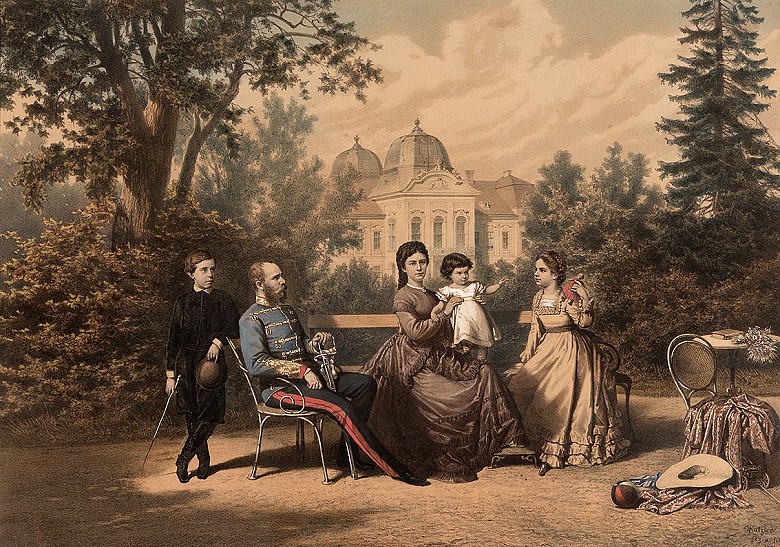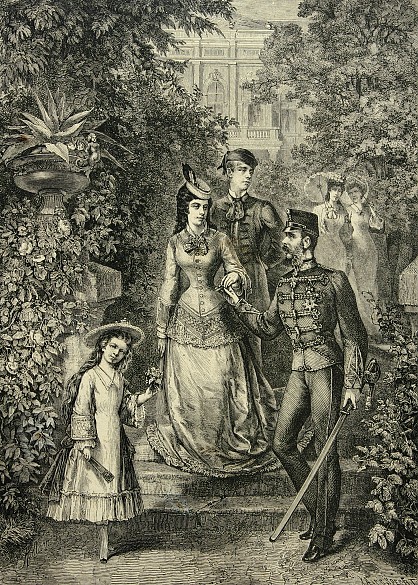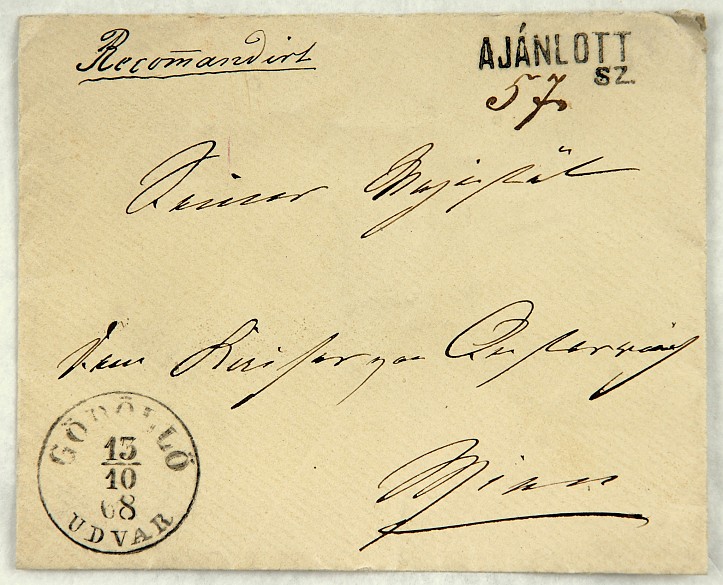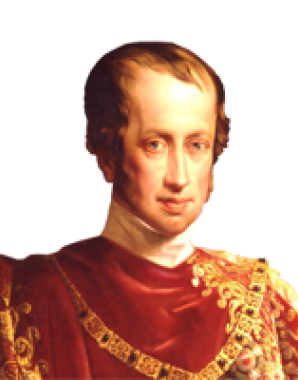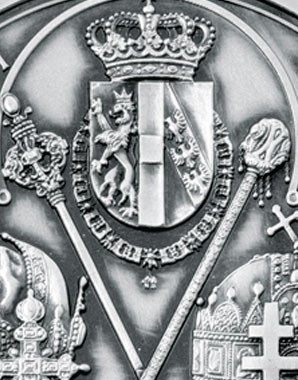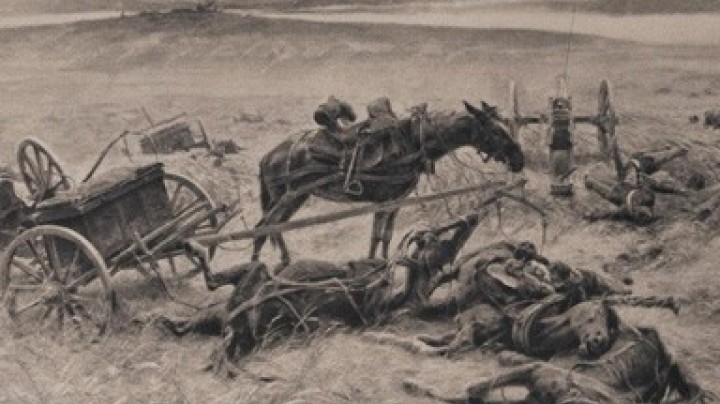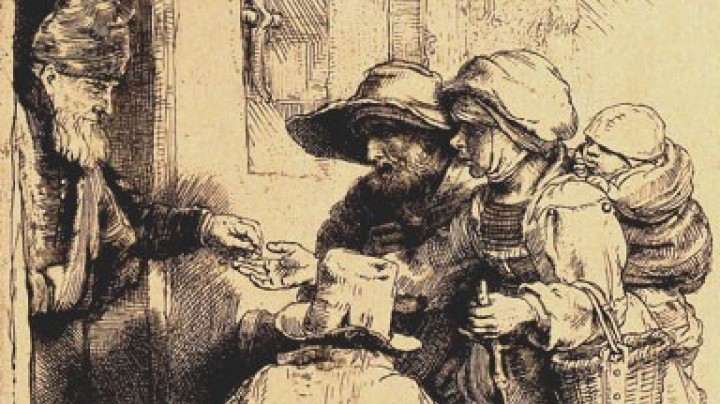Gödöllö Palace – Country residence of the Hungarian royal couple
On the occasion of Elisabeth and Franz Joseph’s coronation as king and queen of Hungary, Count Gyula Andrássy presented the ruling couple with Gödöllö Palace as their country residence, in the name of the Hungarian people. The fact that Elisabeth spent more time there than in Vienna generated considerable jealousy among the Austrians.
The gift of a summer palace close to the Hungarian capital was a huge gesture of gratitude to Elisabeth on the part of the Hungarian people for her efforts in the negotiations over the Austro-Hungarian Compromise, as well as the sustained expressions of sympathy on the part of the queen towards the Magyars. Elisabeth had previously wanted to use the palace – one hour’s journey time from Budapest – for herself, but Franz Joseph had declined to acquire it for financial reasons. Now, in 1867, on the initiative of the Count, Elisabeth once more got what she wanted, and thanked the Hungarian people with her frequent presence in Gödöllö, much to the displeasure of the Viennese Court. The Wiener Tagblatt indeed went so far as to criticize the empress’s disdain of the Austrian half of the empire. One gained the impression ‘that any interruption to her residence in the capital of Hungary, every temporary stay in Vienna by the imperial family, was experienced as a kind of banishment’.
The summer palace of Gödöllö was built as a retreat back in the mid-nineteenth century on the orders of Count Anton Grasalkovich, president of the Hungarian Chamber and confidant of Maria Theresa. For the use of Gödöllö by Franz Joseph and Elisabeth, apartments were arranged in the style of the eighteenth century. Several times, Elisabeth had the palace altered to suit her own requirements, although the original rooms remained largely unchanged. While Franz Joseph’s rooms displayed the typical imperial red textile wall-hangings, Elisabeth chose a lilac shade to suit her own personal taste. The rest of the furnishing generated a rather homely atmosphere; pictures on the walls show Franz Joseph hunting and Elisabeth engaged in her favourite hobby of horse-riding, which she pursued passionately at Gödöllö. It was here that she also surrounded herself with friends - not all of whom were acceptable at court - as well as with family members. She also spent a lot of time with her youngest daughter Marie Valerie. The location’s remoteness from the Viennese court and all its ceremony suited Elisabeth, but Franz Joseph too appreciated Gödöllö as a place of retreat, and even received his lady friend Katharina Schratt there.
After the Second World War, the palace fell into ever greater decay; it served as military quarters and later as an old people’s home and emergency accommodation. Restoration work began in the 1980s, and today, Gödöllö Palace serves as a museum and event venue.
